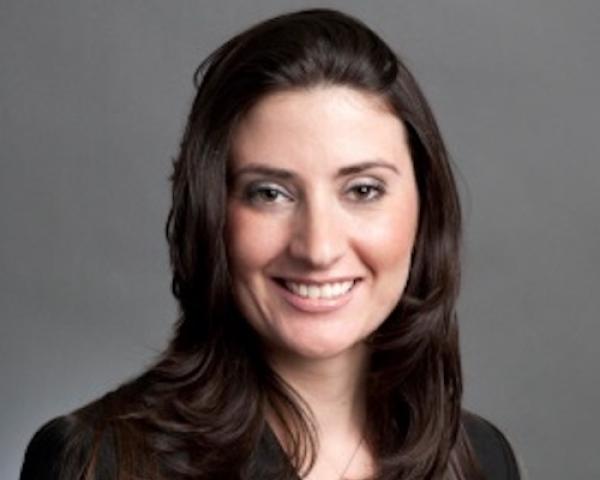Extreme weather and a challenging insurance market are taking a toll on homeowners.
The potential for fires, hurricanes and floods makes them feel very vulnerable when it comes to safeguarding their homes and to getting and retaining insurance at a reasonable premium, according to the Private Risk Management Association 2022 Outlook Survey (PRMA). The survey analyzed responses from 145 PRMA insurance agents and brokers representing 30,000 high-net-worth clients. The results give us insight into the mindset of clients and the stressors keeping them awake at night.
Breaking Down the Data
Based on the data, there may be many more sleepless nights ahead. Extreme weather and climate-related events are becoming more prevalent and more costly. During the last five years, there were 89 weather and climate disasters in the U.S., causing $788 billion in damage, according to the National Oceanic and Atmospheric Administration. In 2022 so far, there have been nine events with losses exceeding $1 billion each. These extreme scenarios have had a devastating financial impact on insurers and homeowners. In some regions, the cost of coverage has increased by double digits. In markets such as Florida and California, concerns about whether coverage will be affordable and available weigh heavily on homeowners’ minds. According to the PRMA Outlook survey:
- 78% of PRMA agents nationwide believe their clients are worried about the ability to get and retain coverage at a reasonable premium.
- Nearly 62% say that the potential for catastrophic weather (hurricanes, floods, fires) makes their clients feel vulnerable.
See also: Extreme Weather, COVID, Home Claims
Ensuring Insurability: What Homeowners Can Do
As troubled as homeowners are by the thought of losing coverage, retaining it may rest in their hands. Risk management professionals must diligently work with their clients to educate them about steps to protect their homes better and ensure their homes’ insurability. Many factors can go into fortifying a home and protecting our families, but let’s focus on several practical steps.
- Manage Risk. While so much is out of our control with weather, there is still so much within our control when it comes to safeguarding our homes. Regardless of location, all homeowners should consider:
- Creating a personal preparedness plan to secure their homes and protect their families.
- Installing a leak detection system within the home to avoid water damage, which is one of the most common causes of claims.
- Making sure there’s a properly installed and working sump pump, regardless of whether homeowners are in a flood zone.
- Taking other measures that depend on the homeowner’s location, such as landscaping maintenance. Trimming branches that hang over the home can prevent damage during a big storm or even help prevent the spread of fire.
- Upgrading windows and doors to impact-resistant or fire-resistant material.
- Work With an Insurance Professional. An insurance professional can advise homeowners by asking the right questions to ensure adequate coverage. We recommend meeting with your insurance adviser at least once a year. Be prepared to answer questions such as:
- If your home suffered a total loss, how would you like it rebuilt?
- What recent renovations have been done to your home?
- With the increase in supplies and inflation, how much are you willing to pay out of pocket to repair your home?
- Bring the Right People to the Table. Over half of risk managers believe clients do not have a good understanding of the importance of having the right people at the table, especially during a major construction project. However, insurance agents and carriers have learned a lot through the number of claims they have seen. The benefit of having them collaborate with a contractor before a construction project is critical to help minimize risks related to several factors such as security, water damage and fire safety. These mitigation techniques are easier to implement during the building process rather than after construction.
- Awareness of Other Exposures. With our PRMA membership seeing about a third of clients venturing into sharing economy activities, such as renting their swimming pools, cars, tennis courts or land, clients are often unaware of their unique exposures. This is another opportunity for families to communicate with their children and insurance adviser on how participating in such activities can affect their insurability.
Homeowners do not have to become experts on any of these steps, but the more they communicate with an insurance professional they trust, the more likely they are to be prepared. And while insurers are there to guide them, it’s up to every homeowner to implement measures that reduce their risk and the possibility of losing coverage.






